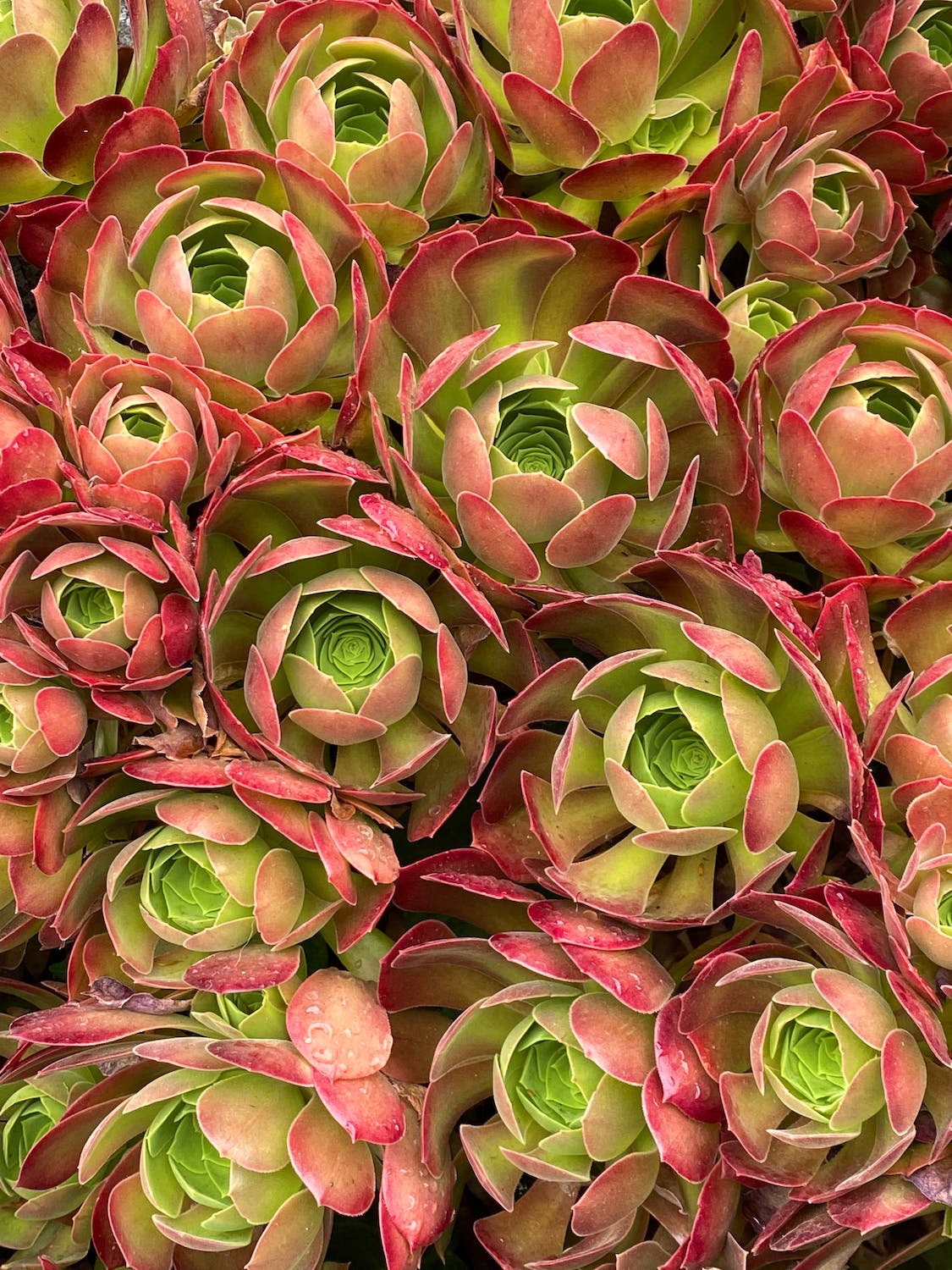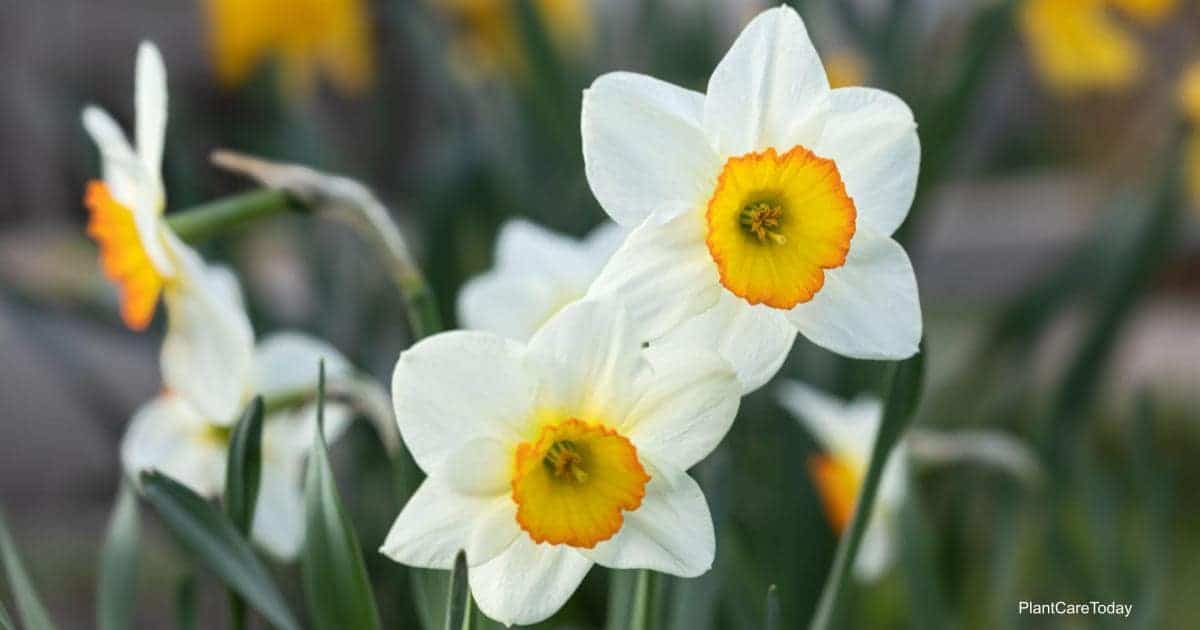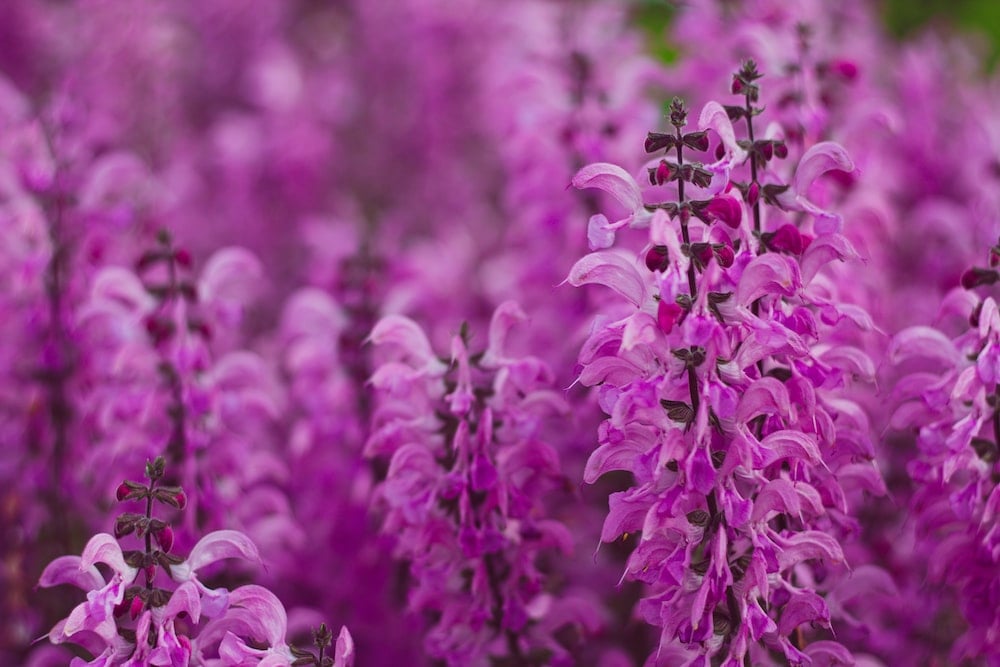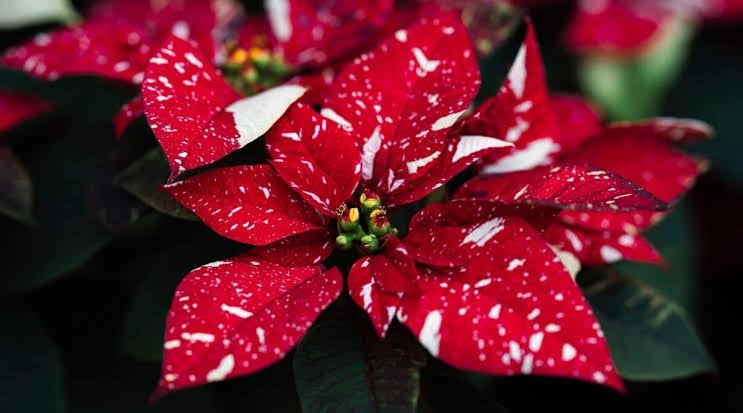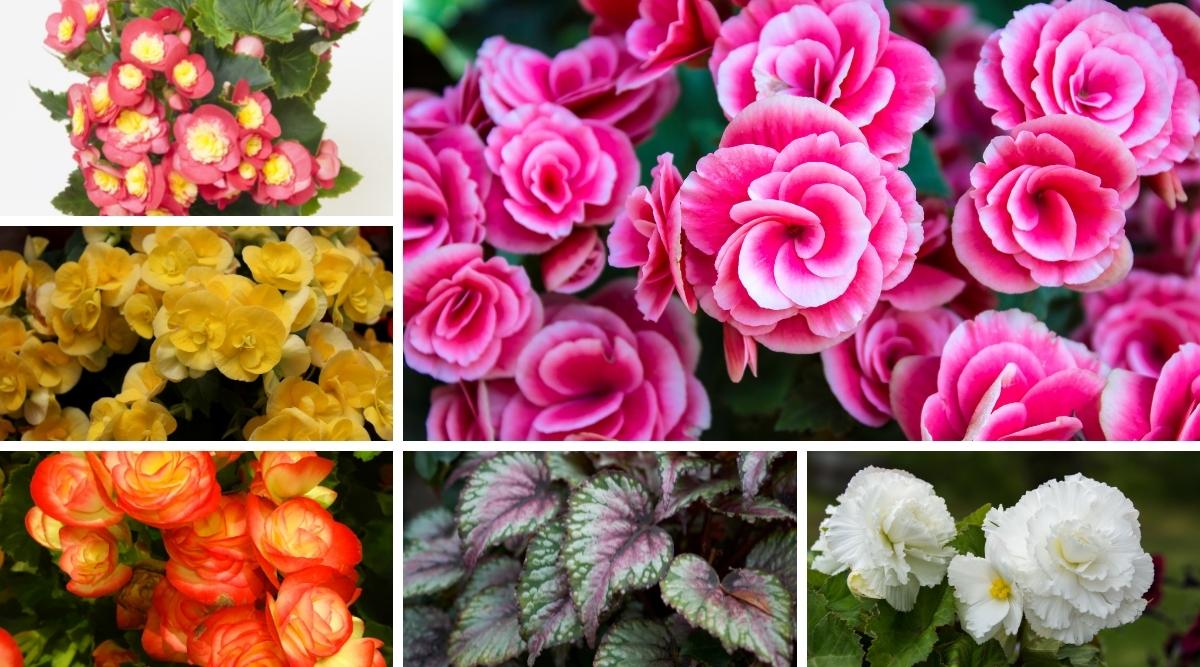How To Grow and Maintain Areca Palm Houseplants [Dypsis Lutescens]

Table of Contents
The scientific name for Areca Palm House plants is called Dypsis lutescens. This is a plant that originated from Madagascar. These are plant beds that thrive in warmer regions. You can find quite a lot of fabulous-looking palms that have a close resemblance to that of bamboo. The golden trunks these areca palm plants have are visually pleasing to the eye as well.
If you have a look at it, these plant beds have leaves that are long and elevated. The leaves also touch upon one another, giving you the feeling of fullness. The plant looks much like a bamboo tree. The Areca Palm plants can be grown inside your home to beautify your living spaces. The plants find their place outdoors too. You can plant them during the spring season. These plants have a slower growth rate.
How to Care for Areca Palm Plants
The Areca palm plants, scientifically known as dypsis lutescens, can be grown with ease and comfort. You can grow them indoors as well as outdoors. These lovely plants are called names such as golden cane, butterfly palm, or even bamboo palm. These are exotic plants that act as air purifiers since they help humidify the air that is present around them.
Let us unveil easy-to-remember pointers on dypsis lutescens care tips.
1. Choosing the Right Type of Planting Site
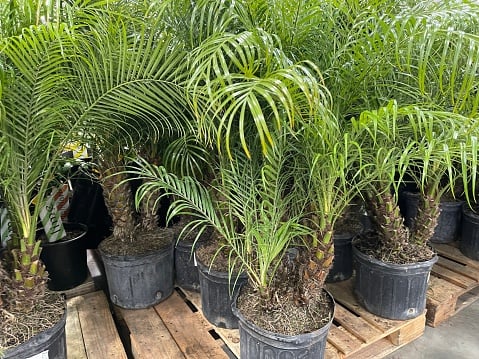
While you try planting Areca Palms, you must ideally choose the correct location for planting them. You cannot have these plant beds done near soil that is too wet or moisture-laden. The wet soil makes the roots deteriorate or decay. You must choose an outdoor location that has a free-draining soil type. You can choose fences or outdoor spots that receive bright sunlight. If you aim to plant them inside your homes, look for a window that receives an ample amount of sunlight throughout the day. Intensive watering is required for areca palm plants when you live in regions that have sunny and dry weather spells.
2. Amount of Sunlight Required

You can choose complete full-sun locations for these plant beds to grow in. In fact, the dypsis lutescens plants can tolerate locations that are partially shady too. Partially shady locations can be chosen during mid-noons. You can have a word with renowned plant cultivators or gardeners to determine the exact amount of sunlight these plants can receive on a daily basis. In case you try planting them inside your homes, you can look for a bright window that faces the south direction. Or, you can look for a window that faces the western side. These plants cannot grow well if you do not choose bright light windows.
3. Watering In a Prudent Manner
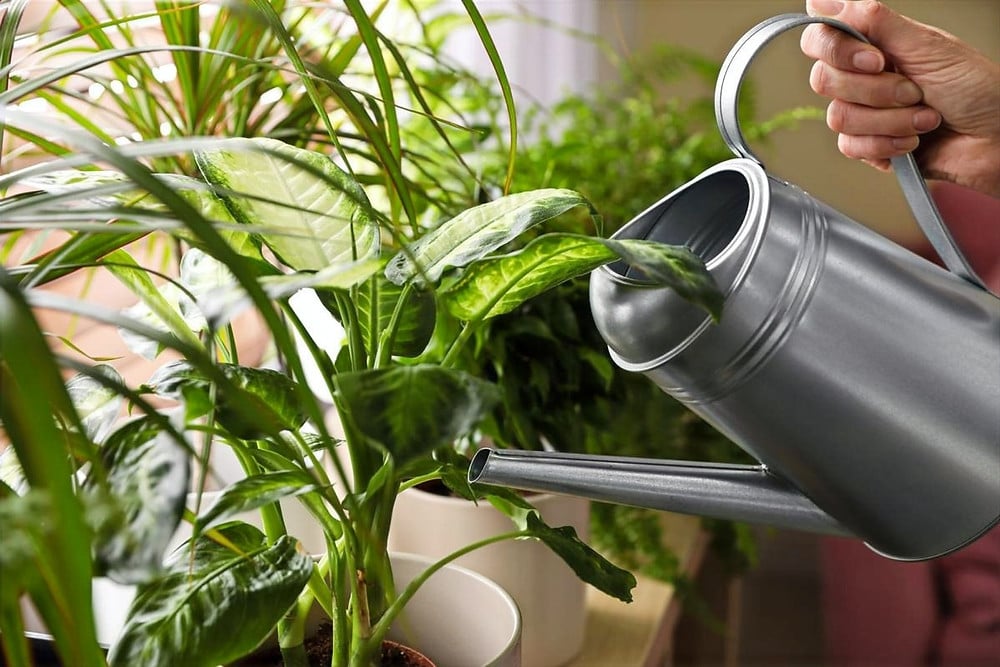
Areca plants require similar watering conditions to that of palms. They thrive well on moisture-laden soil. However, these plant beds cannot cope with excessive watering. Therefore, the roots of the plants can rot or decay if you allow them to sit inside pots that have too much water. You must water the plants and allow the soil to become dry. You may have the watering done across spells. These plants cannot grow under fluorine-rich tap water. You can use distilled water or rainwater that you have collected or conserved. Avoid growing these plants in soil areas that are water-logged all the time.
4. Use the Right Kind of Soil
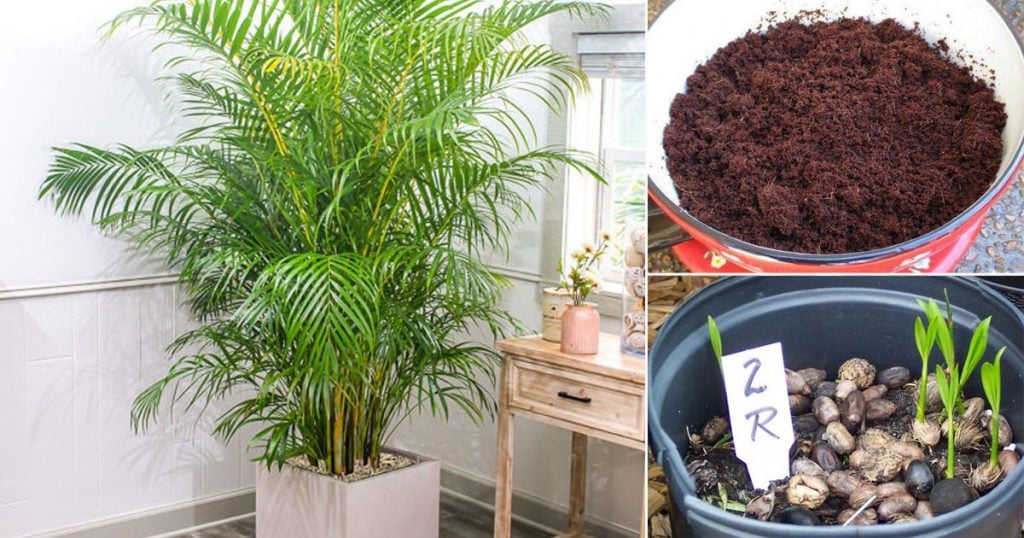
When you plan to have the plant beds done inside your homes, then you can use a peat mix that is free-draining in nature. In other words, water must seep through the soil in a smooth and hassle-free manner. On the other hand, when you plan to have the plant beds done outside your homes near borders or gardens, then you can go for soil that is nutrient dense with a pH level that is acidic. However, the soil must be a smooth-draining one. When you have sandy areas or soil that have lower pH levels, you may use garden compost or organic fertilizers to add richness to the soil as such.
5. Ideal Temperature Settings
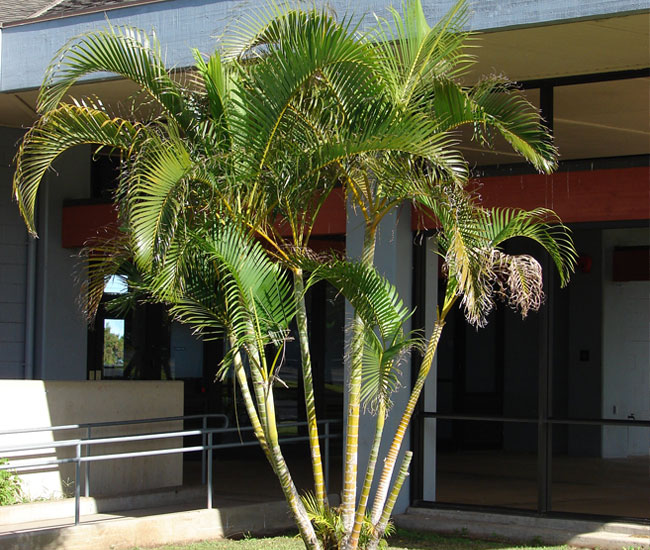
Have you planted Areca Palm plants near the borders of your home or via raised beds? Or, have you planted these wonderful plants inside your homes? Either way, you must make sure that the temperature settings must be in the range of 60-75 degrees F. You must make sure the temperature does not drop below 50 degrees Fahrenheit. It is highly advisable that you do not place these plants near cold windows, air conditioners, or heated sources. When you place them outside your homes, the temperatures must not go below 50 degrees F. If you allow cold air to pass through these plants, the tip of their leaves will become brown.
6. Applying Fertilizers to Areca Plants
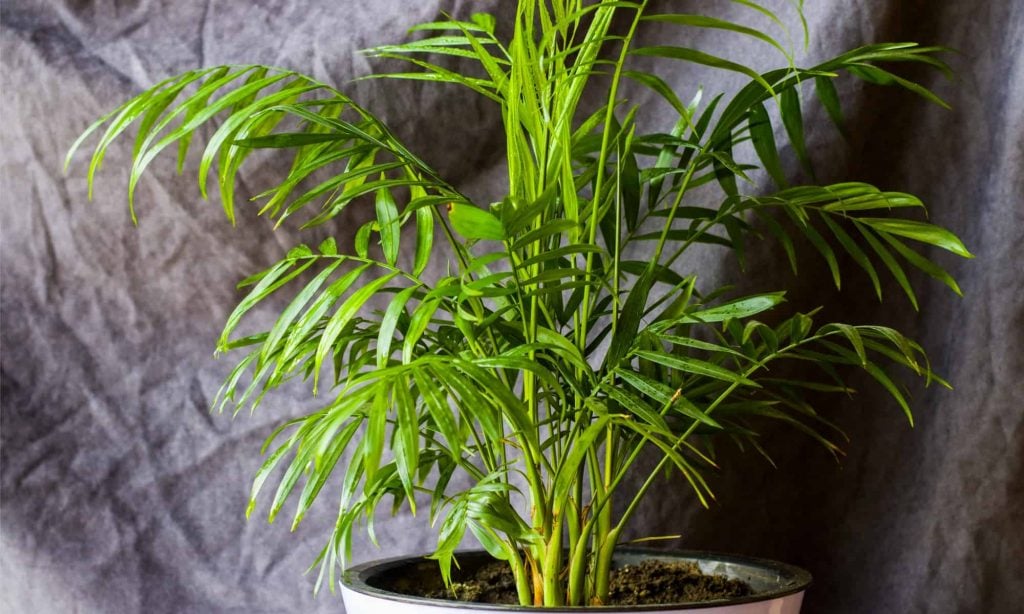
The dypsis lutescens care tips include how you must apply fertilizers to these plants in an amicable manner. The Areca Palms need a higher dosage of fertilizers for them to grow and thrive well. During the onset of the spring season, you may have to start feeding the plant beds with the right type of fertilizers. If you have a look at it, you must sprinkle liquified forms of fertilizers. When you apply fertilizers to plants using the watering can, this becomes a liquid fertilizer. You may have to follow the guidelines that are stated at the back of the cover. When you allow the plants to go dormant during the autumn and snow season, then you must stop feeding the palms.
How to Grow Areca Palm Houseplant
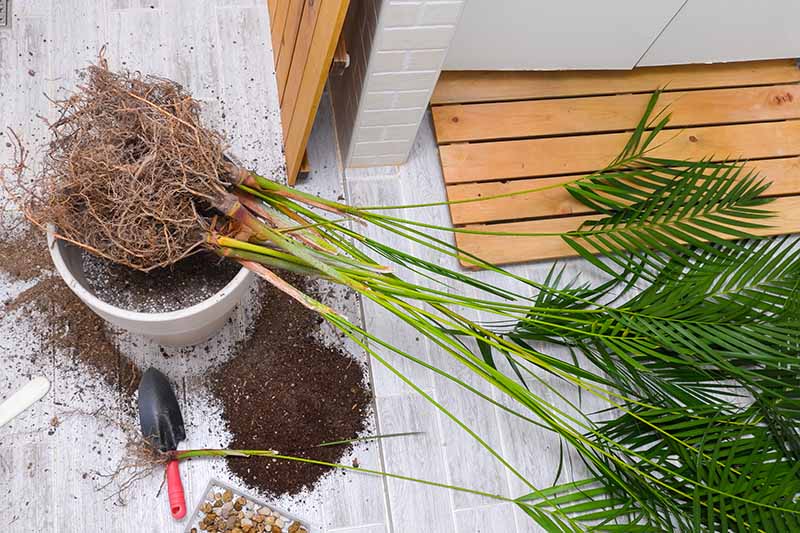
Do you want to know how the dividing of roots is carried out from potted plants? Let us learn the process in a step-by-step manner!
- You may have to choose a plant that is well-established. You must also select a plant that has several stems.
- Intensive watering must be carried out before the root division procedure is planned out. The roots must get loosened from the soil.
- The Areca Palm plants are then taken out from the containers or pots they are placed into. This happens when you pat the sides of the pots they were planted in. We perform the process in order to help the ball of the roots get loosened up.
- You then try shaking the roots from the soil. By doing so, you can discover how each root strand is attached to its respective stems.
- You can choose four to five stems and cut them through a pair of plant scissors. These are stems that are cut from their source root strands.
- Now that the stems are divided, you can now place them in a pot or container of your choice. You must use a 2:2 ratio that comprises a mix of potted mix with that of coarse sand.
- You can place the pots that receive indirect rays of sunlight with moisture-laden soil. However, the soil cannot be too soggy.
- Process of growing Areca Palms through Seed
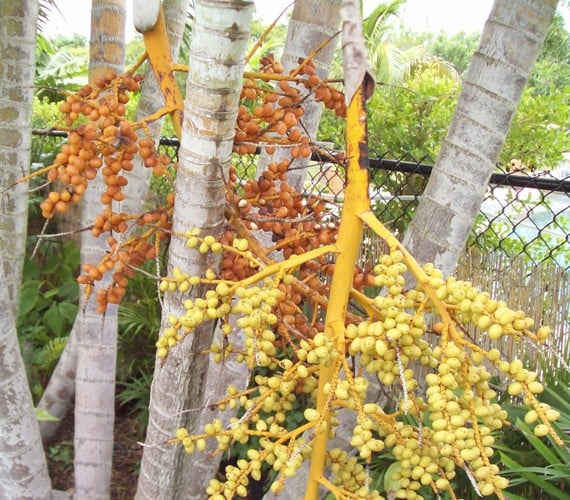
You can grow these palms through the process of seeding. However, it is quite hard to procure areca palm seeds from nurseries or commercial gardens. You will be in a position to have the seeds harvested from the yellowish flowers that bloom during the spring season. You can have the seeds germinated when you place them inside pots that have a seed-starter pack. The more established seeds that have an orangish hue germinate quicker as compared to the seeds that are new and green-shaded. You must germinate the seeds for at least 6 weeks in a row, with the soil having a higher degree of humidity. The soil must have a temperature of at least 80 degrees Fahrenheit. You can place 2 to 3 seedlings inside containers that measure 12-15 inches. You can have a seed-starter pack that is slightly moisture-laden. However, the soil must not be over-diluted.
Discover the Process of Repotting These Plants
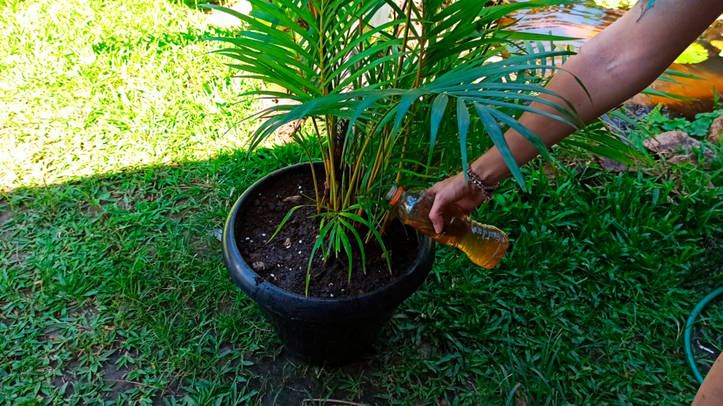
These are plants that grow in containers that have a narrower width with a number of draining holes. You may want the roots to be overcrowded so that the plant’s size is kept in shape while you aim growing Areca palmsinside your homes. You can indulge in a thorough procedure of having the plants repotted once every year. You can add garden compost or organic manures to the potted mix. You can also remove the salty deposits caused by fertilizers that tend to clog up the sides of the containers or pots you had planted these palms in. Do the root balls of the Areca palms fit comfortably inside your pots? Then, you can continue with the same container. Else, you can change to a size that is a little bigger than the previously used one. While repotting, you may have to replant these beds at the same depth level indeed.
Common Pest Attacks
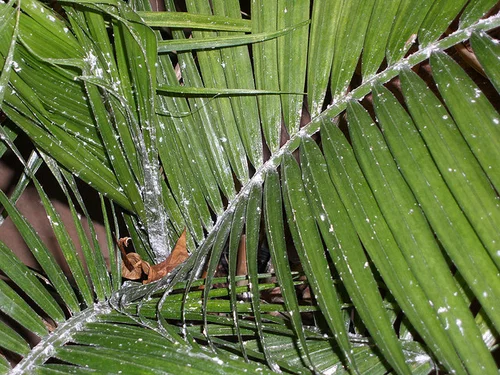
On a general note, the Areca palms are healthier plants that are easy to care for and maintain. However, once you notice a dangerous yellowing of the leaves, then the plant beds are struck by a bacterial infection that may cause the whole palm to die. When you have the plant beds raised on borders or outdoor areas, then they are impacted by bacterial infection, also known as lethal yellowing. When you grow the plants at home, the Areca Palms are susceptible to different forms of insect infestations caused by pests like white flies, mites, and aphids. Once you discover any form of infestation, you will immediately notice a change of color across the tip of their leaves. You then have to treat the same at immediate notice.
Process of Propagating
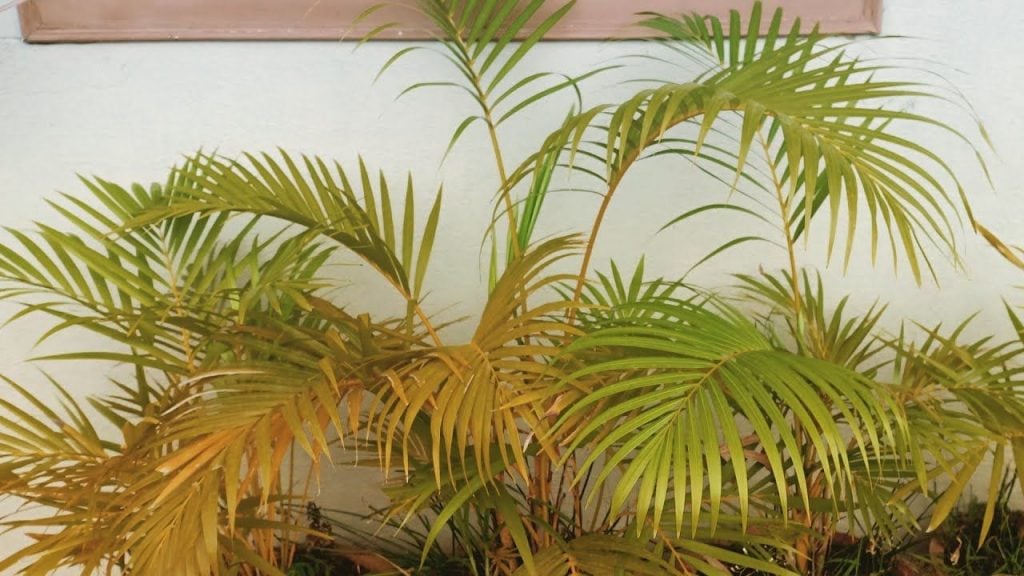
You can propagate these plant beds by dividing the roots. The Areca grows faster than when you try growing them through the sprinkling of seeds. However, you must remember that these plants cannot grow well through plant cuttings. You can opt to divide the roots and propagate the Areca Palms any time of the year. The roots of the plants can be strongest only when you propagate the plants during the spring season. As these plants require brighter sunlight, you cannot propagate these plants during a typical frost season.
Summing It Up
Areca plants are pretty looking that are easy to grow and maintain. You can have them planted outdoors as well as indoors. You can have Areca plants done near commercial establishments or residential properties to improve the vibes of your spaces. The leaves are narrower, with each stem growing 100s of leaflets. The overcrowded growth of the leaves makes it all the more beautiful to look at.
The dypsis lutescens care tips are quite simple to follow and implement. The plant beds thrive through propagation via root division and not through cuttings. The palms grow at a height of six to seven feet once their roots are fully established. Too much watering or underwatering can cause these delicate plants to die out. Leaf tip discolouration is the signal that tells us that these plants are infested with bacterial infections and insect-related infestations too. The tip of the leaves gets a discoloured yellow-burnt hue.
You can plant attractive Palms that add to the pleasing looks of your residences, restaurants, or even commercial offices.

